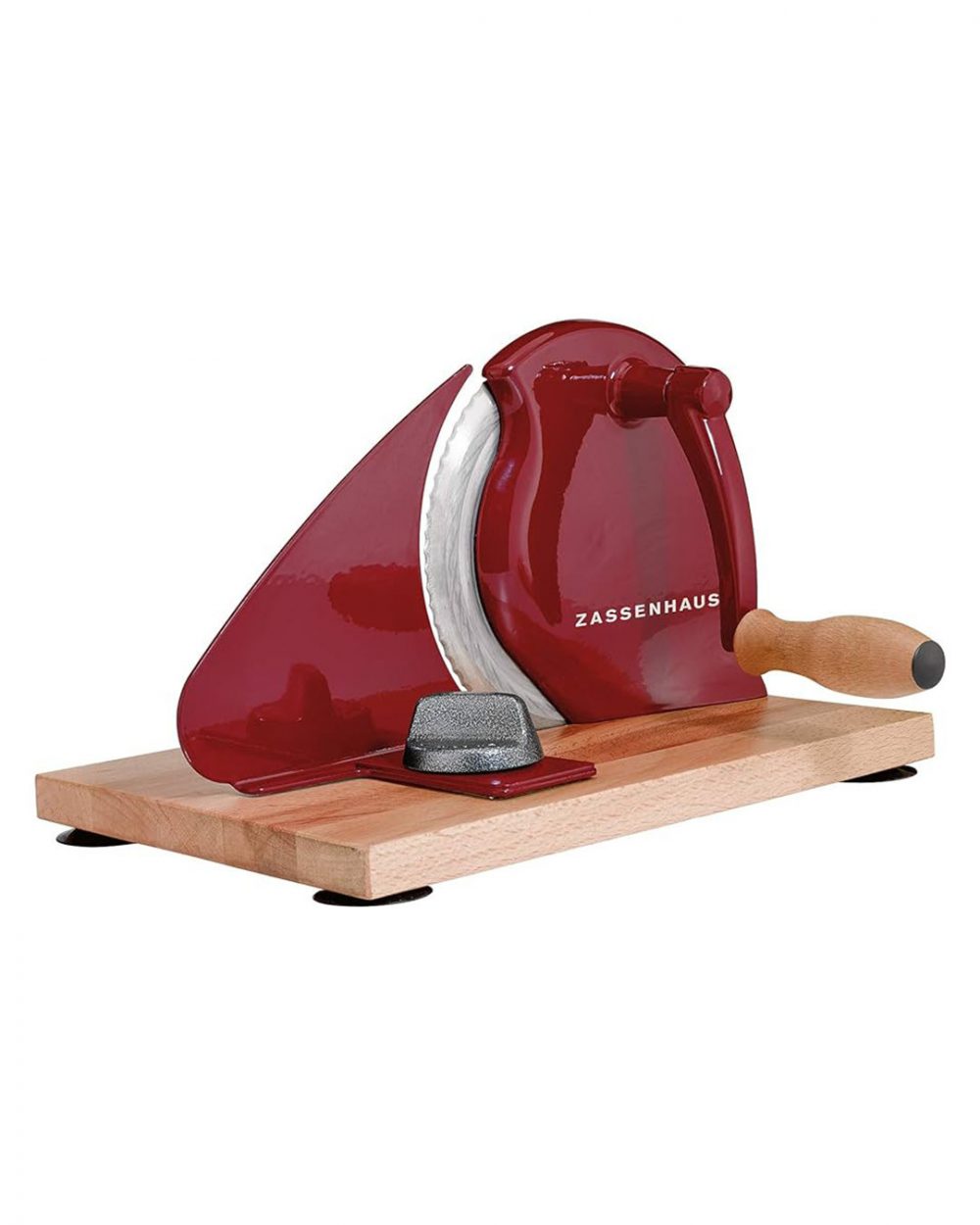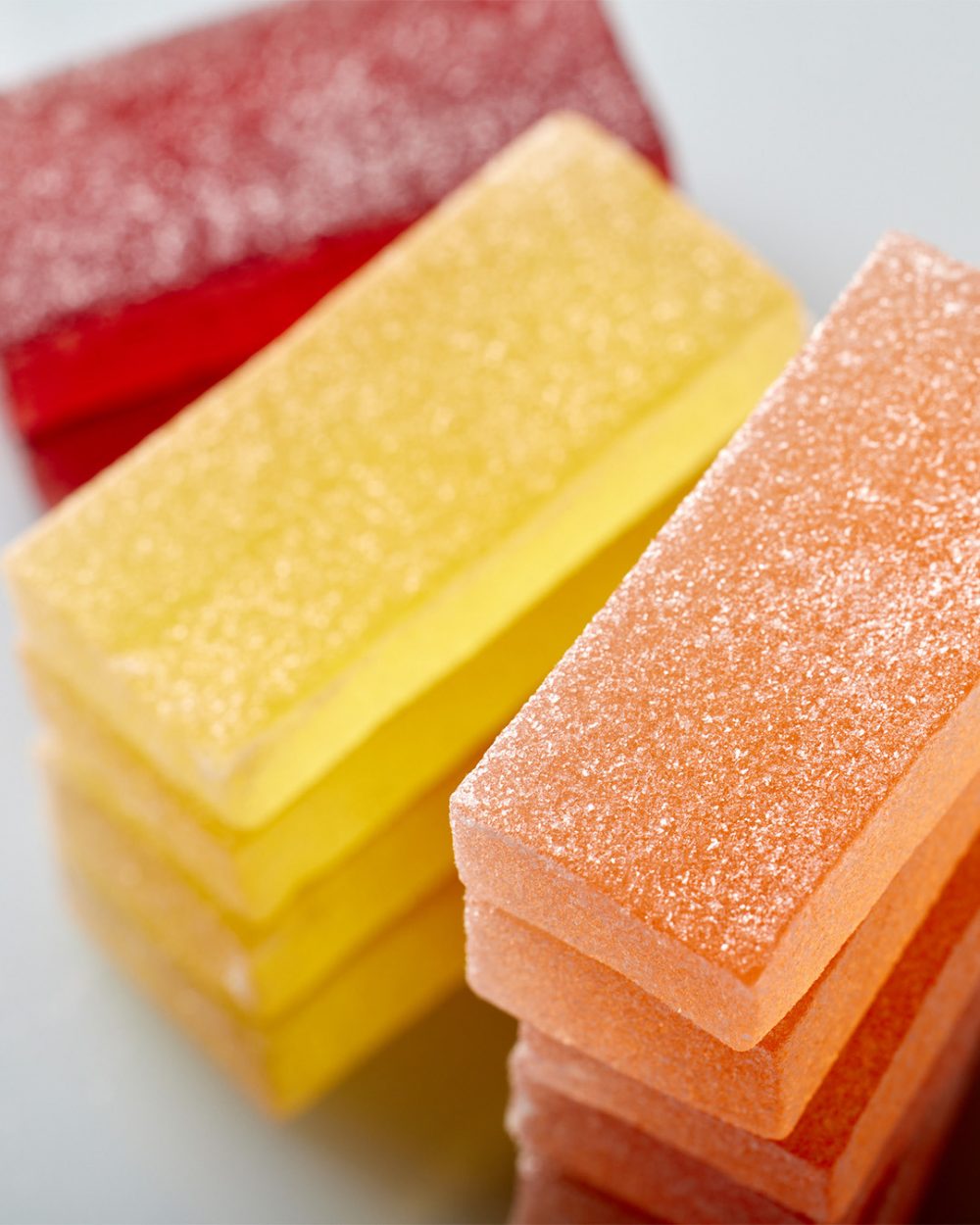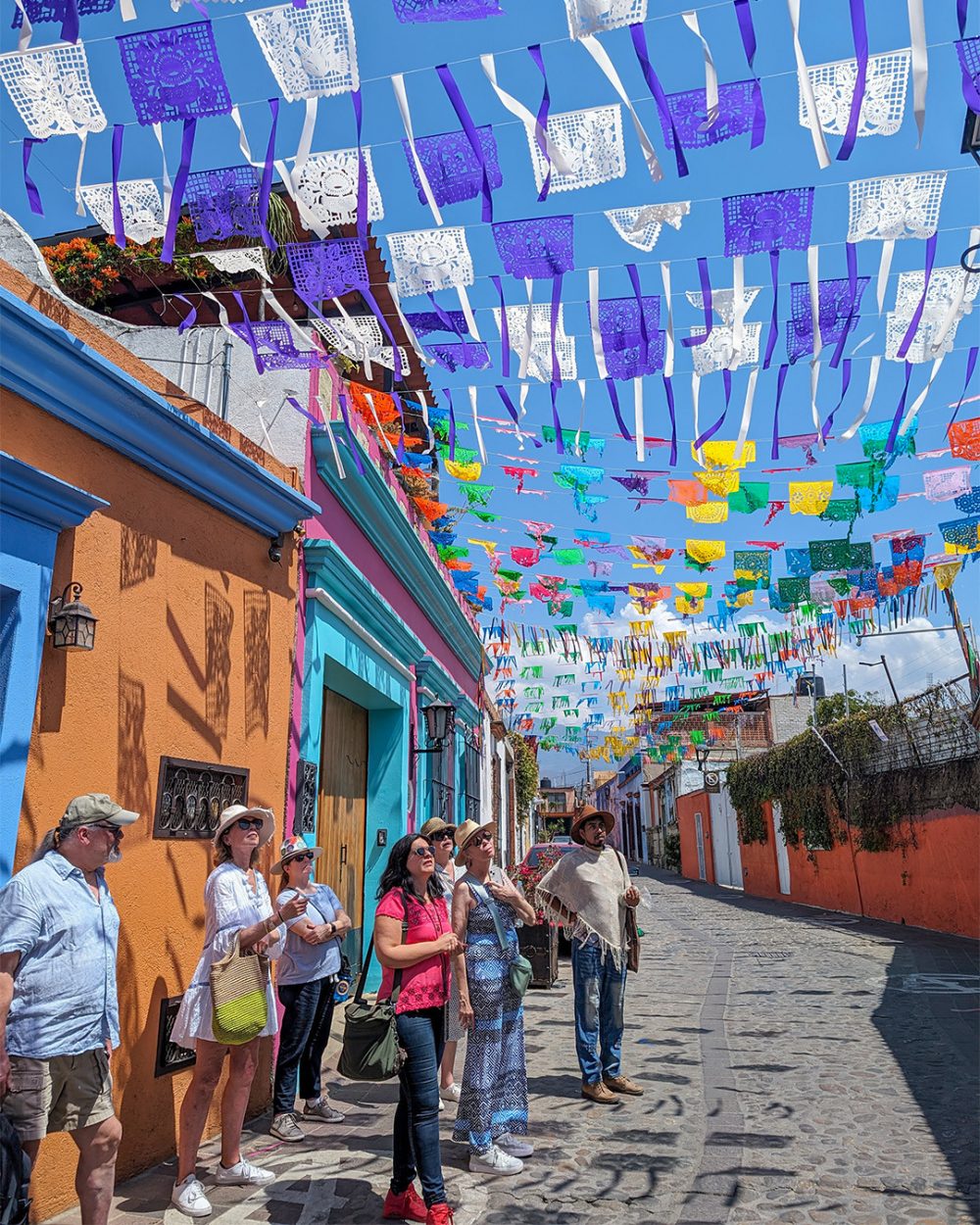Donabe: The Perfect Pot of Rice
We’ve tested numerous methods, but for the best pot of rice we prefer Japanese donabe pots. Made from porous clay, donabe retain and distribute heat evenly to cook perfectly fluffy rice. But most donabe require seasoning before first use. That’s why we love the blue Kikka donabe from Ginpo. Its ceramic glaze requires no seasoning. This version is an example of banko ware, a traditional stoneware prized for its durability, high heat tolerance and ability to resist thermal shock (making this pot electric-stovetop friendly). Ginpo’s donabe also holds heat longer than other models we’ve tried. In addition to rice, we use it for soups, stews and braises, and it’s attractive enough to go from stove to table. Available for $89.95 at 177milkstreet.com/ja24-donabe.
Belazu Sour Cherry Molasses
A finishing splash of acid, such as lemon juice, is an easy way to heighten and brighten the other flavors in a dish. But citrus and vinegars are just the start. We also love to use the sour cherry molasses made by Belazu. It is made from Turkish sour cherries cooked down into a thick, rich syrup reminiscent of an especially fruity balsamic vinegar. Tart with sweet, wine-like notes, it tastes distinctly of cherries. And it’s as delicious drizzled over cheesecake, ice cream and yogurt as it is on rich roasted meats. It’s stellar in cocktails, too. Available for $19.95 at 177milkstreet.com/ja24-cherry.
Perfect Bread Slices, Every Time
Even with the best bread knife, it’s all too easy to mangle a loaf of rustic sourdough. This is why many German homes consider the Brotschneidemaschine an essential tool. These heavy-duty slicers are designed to tackle even the densest pumpernickels. Of the many models out there, the slicers made by the 127-year-old company Zassenhaus are particularly valued for their precision and solid construction. Simply adjust the blade for your desired thickness, feed your loaf through while turning the hand-crank, and watch neat, precise slices fall cleanly off the blade. It’s the best thing since—well, you know. Available for around $220 on Amazon.
Classy Carafes from Italy
At trattorias across Italy, vino da tavola—literally table wine—is the affordable house wine that accompanies most meals. And it’s almost always served in creative half- or quarter-liter carafes. We loved the blockish art deco-style pitchers at Trattoria dell’ Autotreno in Bologna and the soda bottle-like swirled carafes at Osteria Nonna Nina in Ascoli Piceno. But our favorite version—and one we were able to find online—was found at Antica Trattoria Al Volt in Trento. Made in Italy by Luigi Bormioli (who have been manufacturing glassware in Parma since 1946), the stylish carafes feature a flared mouth that keeps drips at bay. The half-liter version is available on Amazon for around $20.
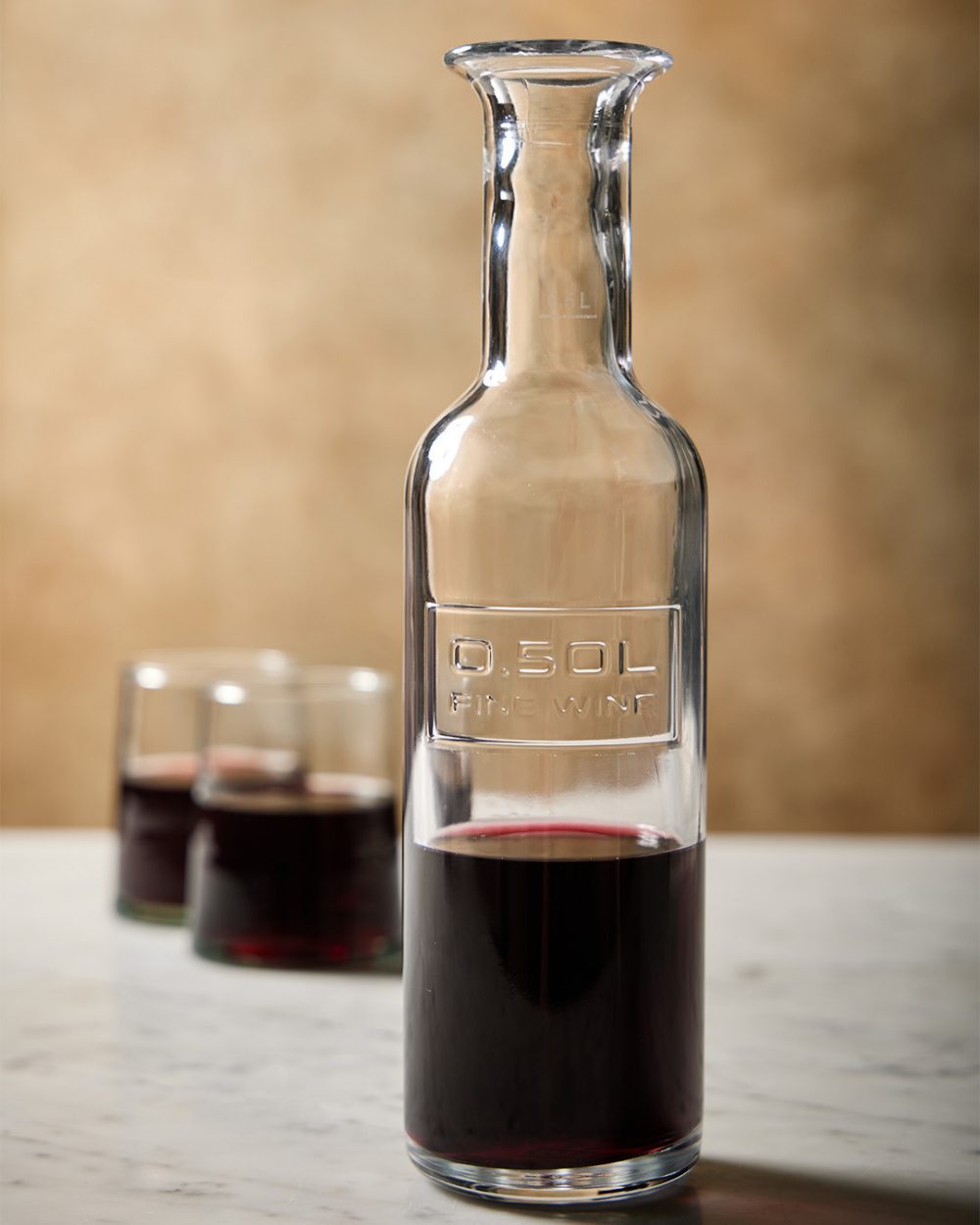
Japanese Candies Made with Real Fruit
On a recent trip to Japan, we visited artisan confectioners Natsukashiya and sampled their exceptional fruit gummies. Since 1901, each candy has been handcrafted by gelling pureed locally sourced fruit, meticulously cutting the batch into domino-sized tiles, sugar-coating them, then finally slow-drying the pieces. This yields their signature crunchy, crystalline exterior and soft, chewy interior bursting with fresh fruit flavor—citrusy yuzu, delicate white peach and tart (yet slightly floral) grape. Available for $12.95 per bag, or $38.85 for a set of three, at 177milkstreet.com/ja24-candy.
Scoop, Don’t Dump, Your Pasta!
Rather than hoist heavy pots of boiling water to the sink, Italians have a better way of draining their pasta—the colagnocchi. The scoop-shaped handheld colander makes it easy to pull pasta from the water and transfer to a skillet or bowl for saucing. It also makes saving pasta water to use in your sauce easy—no more pouring it down the drain before you remember to save some. We bought ours at a kitchen shop in Rome for about $9, but they are widely available online, including mesh models ideal for smaller pasta shapes. Various versions of the stainless steel wire colander (sometimes referred to as a "colapasta filo inox" in Italian) can be found for around $12 on Amazon.
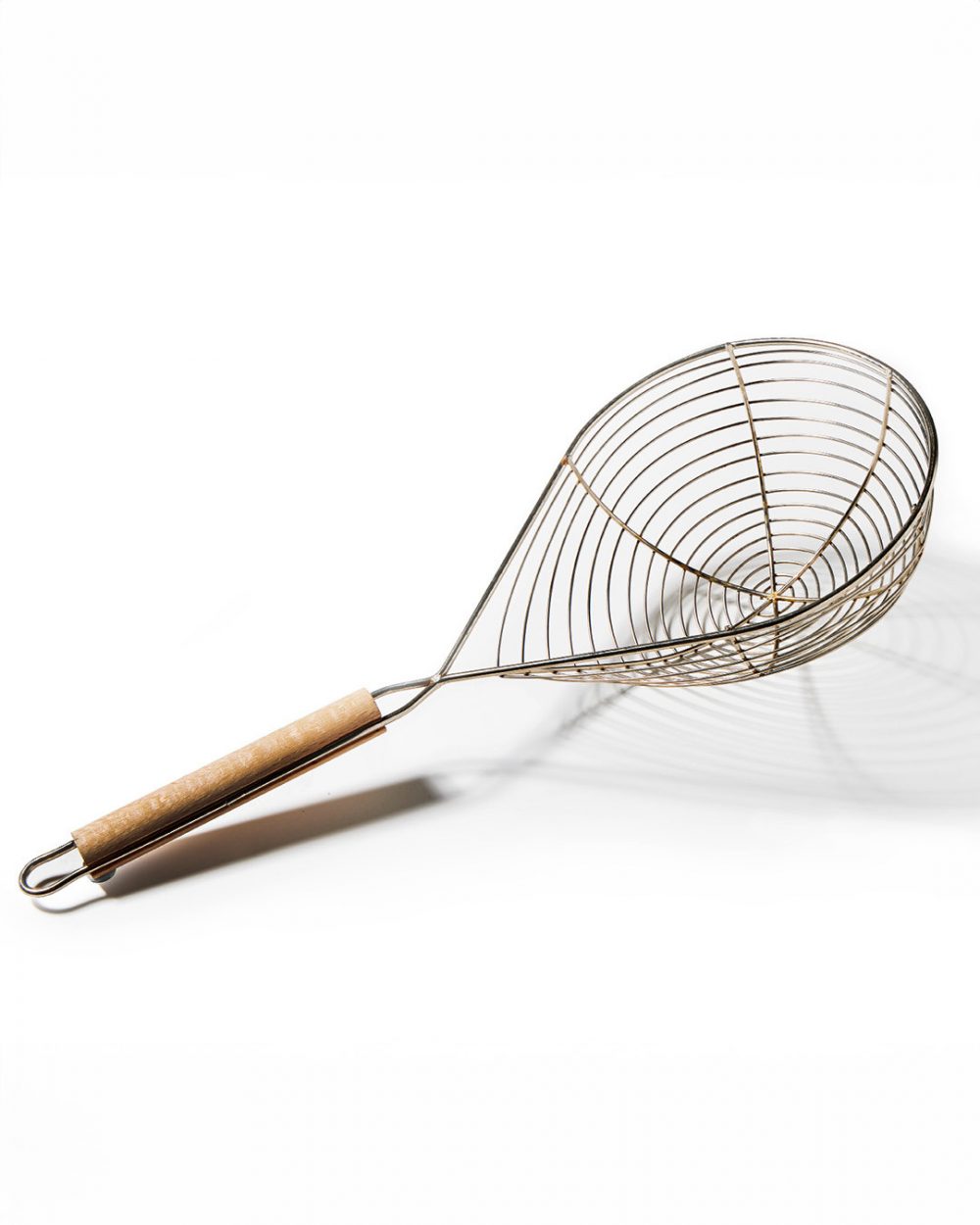
Announcing Milk Street Culinary Tours
Traveling the world has always been part of what we do at Milk Street. We work alongside home cooks. We sample street food. We go behind the scenes in restaurant kitchens. We explore bustling markets, family farms and small-scale producers. Now, you can join us. We’ve partnered with our fellow food-minded travelers at Culinary Backstreets to give you the opportunity to see the world the way we do: filled not only with great food, but with fascinating stories, profound lessons and incredible people.
Join us and a small group of other curious travelers to experience global destinations and flavors that will change the way you cook:
- In Mexico City, we’ll visit the floating gardens of Xochimilco, make mole from scratch at a family farm in Milpa Alta, embark on a nighttime taco crawl and sample a chef-led tasting of mezcal, tequila and other agave-based spirits.
- In Venice, we’ll set sail in a private boat to explore the seven small islands dotting the Venetian lagoon. This is where Venice’s wine is made, vegetables are grown, fish is caught and bread is baked. And of course, back in the city, we’ll feast on plenty of cicchetti (the delicious small bites that are a staple of Venetian wine bars).
- In Istanbul, we’ll tour neighborhood bazaars, cruise the Bosporus and eat a big Turkish breakfast on a family farm located improbably in the moats of the city’s Byzantine-era fortified walls.
And that’s just a sampling of what’s in store. Learn more about upcoming trips at 177milkstreet.com/tours.


